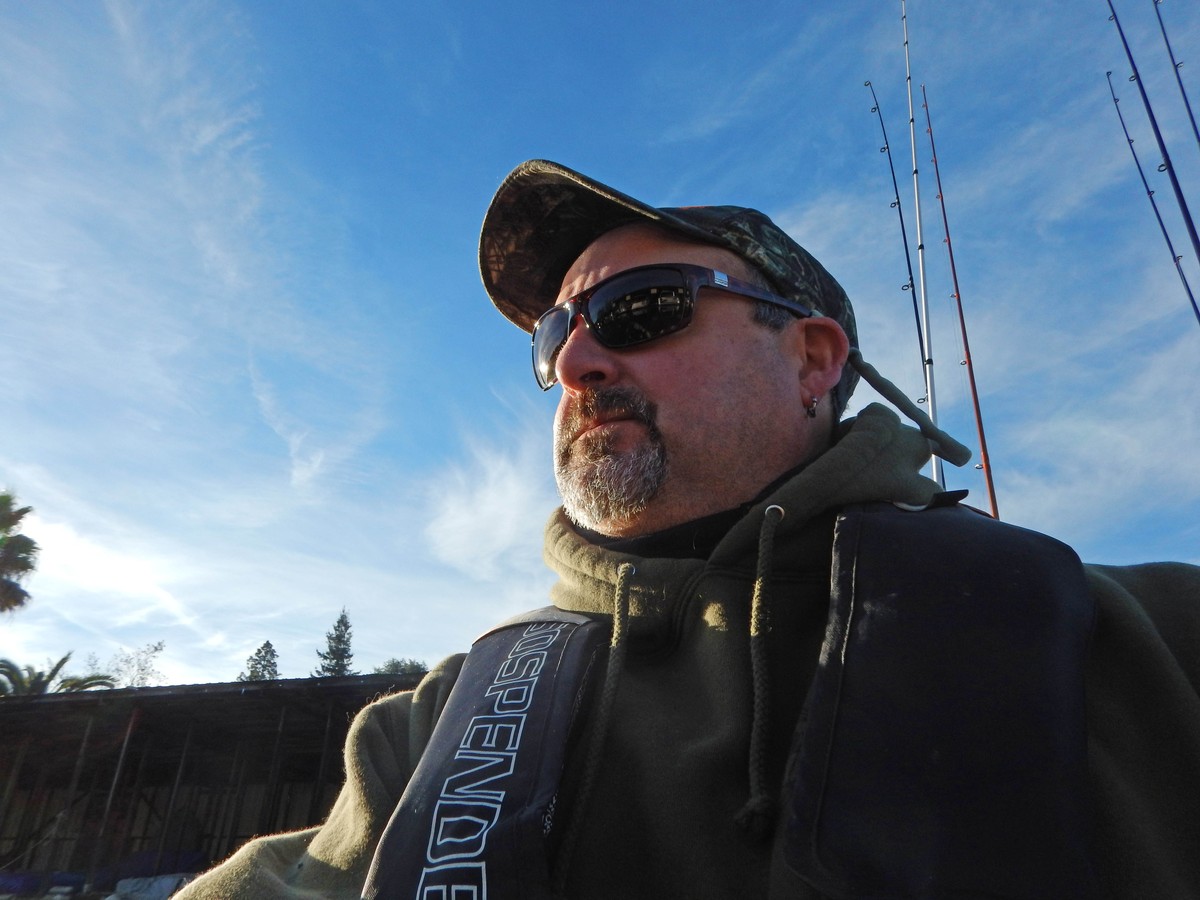
Every bass angler has their favorite lake and I am no different. My personal favorite is Lake Mendocino in Northern California, home to both large and smallmouth bass, as well as striped bass, catfish, crappie and bluegill. After a decade of chasing fish on my personal honey hole, I know exactly where to go and what to throw and 90 percent of the time it works. Whatever the spot or the conditions, it’s all good. This is MY lake.
Early on, I was reluctant to fish other places because I either didn’t “know” the lake or I’d had little to no success on past trips. How was I supposed to show my face at the tackle shop after being skunked on a place like Clear Lake when other anglers were bagging 10 pounders? Well, as it turns out, my intimidation for new waters made me lose sight of the fact that I already knew how to catch the fish. I just needed to do a little homework to know where.
Flash forward to today. As a tournament angler, I can’t let new water intimidate me or make me lose focus, especially not now. I have one of the biggest freshwater tournaments of my career coming up in a few months on Lake Shasta, a place that I have never even seen in person, let alone fished. My two pre-fish days before the tournament starts will be my introduction to catching bass on Lake Shasta. No worries, just got to hit the books (I was told there be no math in this class!). Tell you what, let’s do this together.
First things first, we have to remember that “If it works here, it can work there.” There is a reason the fish on our favorite lakes hit certain lures at certain times of the year and there is also a reason that those fish are even on those particular spots in the first place. We haven’t just been perfecting how to catch bass on Lake Mendocino, we have been perfecting how to catch bass in general. Granted that each lake will have its own personality and set of conditions but a majority of what we already know can be put to use successfully on most bass lakes. Bass are up shallow, down, on points or roaming at different times of the year not just on our lakes, but on every lake. What we already know gets us a long way towards our goal. Now we just need to focus on the finer details.

Thank heavens we have the internet now and incredibly useful tools like Google Maps. If there is no way we can actually be on the water before game day, we better know where we are going before we get there. We can see everything from launch sites and running distances to honey holes and potential hazards. Several websites show lake maps that have the underwater contours laid out which is extremely helpful in finding those key structure features and changes that could make or break a fishing trip. I will even break out the old map books that include bottom contours to mark up with notes prior to a tournament. We aren’t like bass boats with 250-horsepower engines that can cover an entire lake. We have to be smart about how far we can run to hit our spots and get back to make weigh in.
Now comes the part that gets a little tricky, asking for local knowledge on the lake. I know that, in the several big boat bass tournaments that I have fished, anglers are tight lipped about even the smallest details of their game plan. I have found, however, that kayak anglers have a refreshing openness to sharing a few tidbits of good intel on a fishing spot. Granted, we don’t give up all our secrets but we honestly want other anglers to enjoy their experience as much as we do. Working in a tackle shop, I’ve developed relationships with not only other kayak anglers but bass boaters as well who have provided a wealth of knowledge on where to go and what to throw to be successful. Combine the local intel with what we already know and we’re that much closer to the prize.

The last and probably most important aspect to remember is taken from a slogan from the United States Marine Corps. We must be able to “adapt and overcome”. We have the skillset, we have the maps and we have the local skinny on how this new lake should fish. Well, what if it doesn’t? What if the fish really don’t want that 8-inch glide bait that everyone was swearing would be the ticket? Personally, I give myself about 5 minutes tops to be frustrated that things didn’t go as planned and then I get to the task of putting those fish in the boat. We need to go back to what we’ve known all along. Imagine your own lake and what you would do in that situation. You stop, breathe and think. I guarantee the answer the answer will come to you faster than you think. Instead of thinking that you’ve never seen these fish before, remember this… They have never seen you.
Check back weekly for new videos and stories by the Hobie Fishing Top Guns.